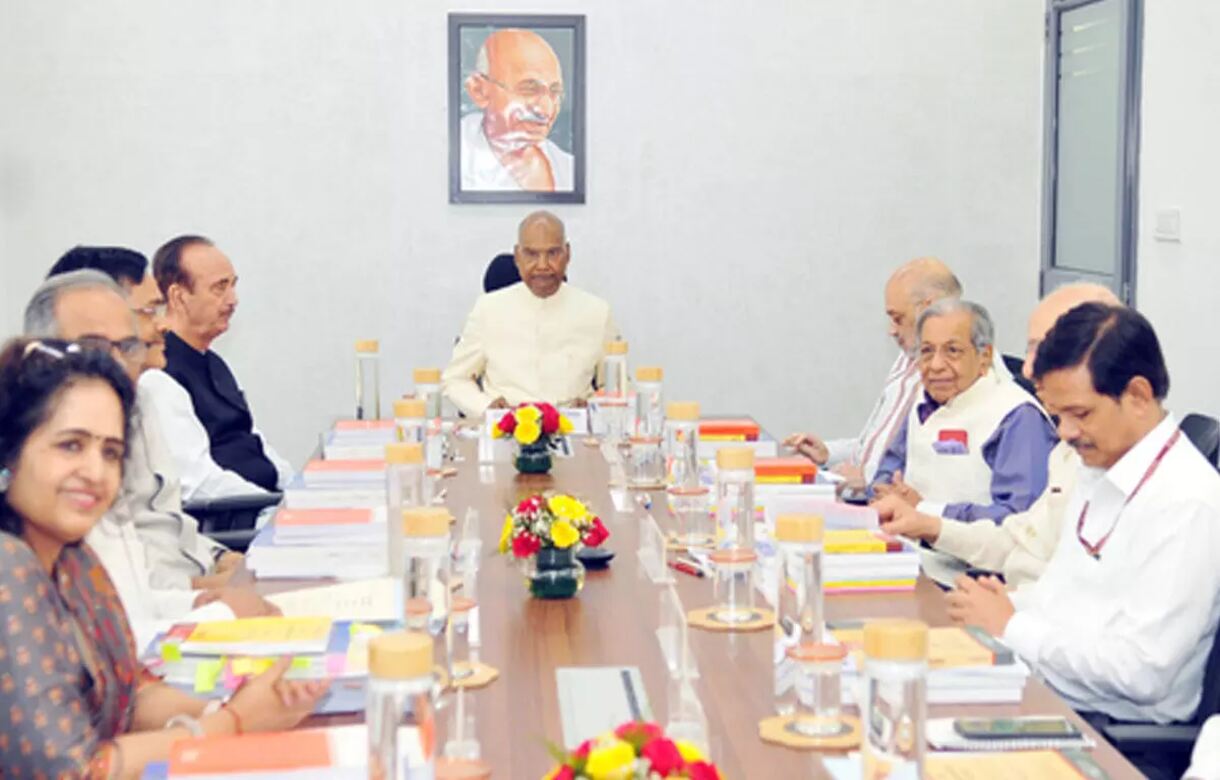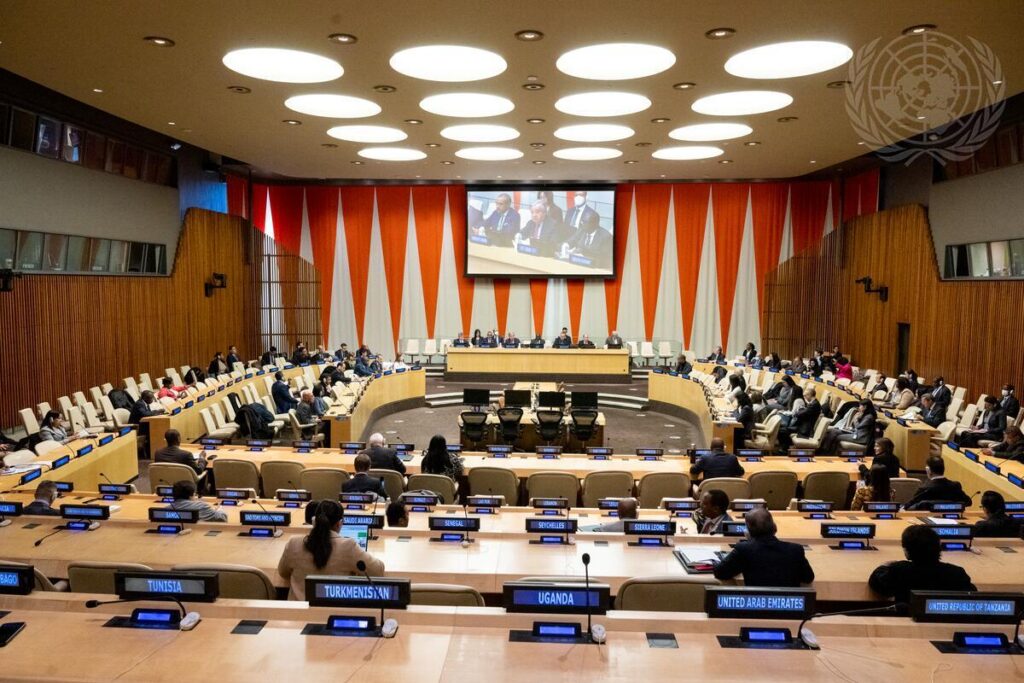Describe the Legislation Drafting Process
Explore the Legislation Drafting Process step by step. Learn how bills become laws efficiently. Get insights into legislative techniques.

The role of lawmakers in the Legislation Drafting Process
Lawmakers play a crucial role in the complex process of drafting legislation. As elected representatives, they are responsible for creating laws that uphold the values and address the needs of their constituents. This involves extensive research, collaboration, and careful consideration of various factors.
At the beginning of the legislative process, lawmakers identify an issue or problem that requires attention. They conduct thorough research, gathering information, data, and expert opinions to fully understand the scope and implications of the issue at hand. This research phase is crucial as it helps lawmakers make informed decisions and develop effective solutions through legislation.
Once lawmakers have a comprehensive understanding of the problem, they begin the process of drafting the legislation. This involves crafting the language and provisions of the proposed law. Lawmakers carefully consider the objectives they aim to achieve, the potential impact on different stakeholders, and the legal and constitutional framework within which the legislation must operate.
During the drafting phase, lawmakers often consult with various stakeholders, including experts, interest groups, and members of the public. This input helps lawmakers to refine and improve the legislation, ensuring that it addresses the concerns and needs of those who will be affected by it. Collaboration and open dialogue are essential to create legislation that is fair, effective, and representative of the diverse perspectives within society.
Once the draft legislation is ready, lawmakers present it to their legislative body for consideration. This involves a series of debates, amendments, and votes. Lawmakers engage in discussions, defend their proposals, and negotiate changes to the draft based on feedback and input from their colleagues. This rigorous scrutiny ensures that the legislation undergoes thorough examination and refinement before it can become law.
Ultimately, the role of lawmakers in drafting legislation is to be the voice of their constituents and to address the challenges and concerns of society. It is a responsibility that requires careful research, collaboration, and a commitment to crafting laws that serve the best interests of the people they represent. Through this process, lawmakers shape the legal framework that governs our society, making a lasting impact on the lives of individuals and communities.
Preparing the draft: Research and consultation Legislation Drafting Process
Preparing a draft for a new law involves an intricate process that requires extensive research and consultation. This crucial step ensures that the proposed legislation addresses relevant issues, considers various perspectives, and aligns with the overall objectives of the governing body.
Research plays a vital role in the drafting process. Legislative drafters delve into the subject matter, studying existing laws and regulations, analyzing similar legislation in other jurisdictions, and examining relevant case law. This exhaustive research helps drafters understand the complexities surrounding the issue at hand, identify potential gaps or inconsistencies in the legal framework, and gather valuable insights to inform their drafting decisions.
Consultation is another integral aspect of the drafting process. Drafters collaborate with subject matter experts, stakeholders, and interested parties to solicit their input and expertise. This collaborative approach ensures that the draft legislation reflects a broad range of perspectives and considers the interests and concerns of those who will be affected by the law. In some cases, public consultations may also be conducted to gather input from the general population, fostering transparency and inclusivity in the lawmaking process.
During this phase, drafters engage in discussions, meetings, and review sessions to refine the draft and address any potential issues or conflicts. They carefully consider feedback received during the consultation process, balancing competing interests and making necessary revisions to enhance the proposed legislation's effectiveness and clarity.
The research and consultation phase is a critical foundation for the drafting process, laying the groundwork for a well-informed and comprehensive law. By conducting thorough research and engaging in meaningful consultations, legislative drafters ensure that the draft legislation is well-prepared, robust, and capable of addressing the intended objectives while taking into account the diverse perspectives and interests of the stakeholders involved.
Introduction of the bill: First reading
The introduction of a bill marks the first step in the complex process of legislation. This crucial stage sets the foundation for the proposed law and initiates the legislative journey it will embark upon. During the first reading, the bill is presented to the legislative body, whether it be a parliament, congress, or other governing entity.
Typically, the sponsoring lawmaker or a designated representative introduces the bill by presenting its key provisions, objectives, and rationale to their fellow legislators. This initial presentation serves as an opportunity for the bill's proponents to outline the problem or issue the proposed law aims to address and to garner support from their colleagues.
In some legislative bodies, the first reading is a mere formality, with little debate or discussion taking place. However, in others, it can serve as an open forum for legislators to express their initial thoughts, concerns, or support for the bill. This stage allows for the identification of potential challenges or areas that may require further deliberation or amendment as the bill progresses.
Once the bill has been introduced and presented, it is often referred to the appropriate committee for further examination and analysis. The committee members will scrutinize the bill's provisions, conduct research, consult experts, and hold hearings to gather insights and opinions from relevant stakeholders. This thorough review process ensures that the bill is thoroughly evaluated and its potential impacts are carefully considered.
It's important to note that the fate of a bill is not determined solely during the first reading. The journey from draft to law is a collaborative and iterative process, involving multiple readings, debates, amendments, and voting stages. However, the introduction of the bill during the first reading is a crucial milestone that sets the legislative process in motion, paving the way for thorough examination, deliberation, and potential transformation into law.
Committee review: Second reading and public hearings
Once a bill successfully passes the first reading, it moves on to the committee review stage, which marks a crucial step in the legislative process. During this stage, the bill undergoes a thorough examination by a committee comprised of members of the legislative body.
The committee review begins with the second reading, where the bill is scrutinized in detail. This involves a meticulous analysis of the bill's content, structure, and potential implications. The members of the committee carefully review each section, clause, and provision to ensure clarity, coherence, and alignment with existing laws.
Additionally, public hearings are conducted during this stage to gather input and feedback from various stakeholders, including experts, interest groups, and the general public. These hearings provide an opportunity for those affected by the proposed legislation to voice their opinions, concerns, and suggestions. It allows legislators to gain a comprehensive understanding of the potential impact of the bill on different sectors of society.
The committee's role in the legislative process is crucial as it acts as a gatekeeper, ensuring that bills meet the necessary standards and address the needs of the constituents. Through their expertise and rigorous review, they contribute to shaping the final version of the legislation.
Committee reviews can be a lengthy and detailed process, as legislators deliberate on the bill's merits, considering its potential implications and the feedback received during public hearings. Amendments may be proposed, debated, and incorporated into the bill during this stage, further refining its content.
Ultimately, the committee review and public hearings provide an essential democratic mechanism for ensuring transparency, accountability, and inclusivity in the legislative process. It allows for a comprehensive evaluation of the bill and ensures that it reflects the interests and concerns of the people it will impact.
Amendments and revisions during the committee stage
The committee stage of the legislative process is a crucial phase where amendments and revisions to a bill are carefully examined. This is where the real work of shaping and refining the proposed law takes place. As the bill progresses through various committees, lawmakers meticulously review its content, scrutinizing each provision to ensure it aligns with the intended purpose and addresses any potential loopholes or shortcomings.
During this stage, committee members engage in rigorous debates, exchanging ideas, opinions, and suggestions for changes. They may propose amendments to modify specific clauses, add new provisions, or even remove certain elements altogether. These amendments can range from minor adjustments to significant alterations that may reshape the entire direction of the legislation.
Committees often call upon experts, stakeholders, and interested parties to provide insights and feedback on the bill. This collaborative approach allows for a comprehensive evaluation of the proposed law from different perspectives, ensuring that potential implications are thoroughly considered.
Amendments and revisions can arise from various sources, including committee members themselves, representatives from affected industries, advocacy groups, or even public input gathered through consultations or public hearings. It is during this stage that the bill truly begins to reflect the collective expertise, input, and interests of those involved in the legislative process.
Committee members must carefully weigh the merits of each proposed amendment. They consider its potential impact, legal implications, feasibility, and compatibility with the overall intent of the legislation. Amendments that are deemed necessary and beneficial are incorporated into the bill, while others may be rejected or modified to better align with the bill's objectives.
The committee stage is an intricate dance of negotiation, compromise, and careful analysis. It ensures that the final version of the bill is well-crafted, addresses the concerns and needs of various stakeholders, and stands up to legal scrutiny. This stage is a testament to the democratic nature of the legislative process, where ideas and perspectives are debated and refined to create laws that serve the best interests of the people they are intended to govern.
What's Your Reaction?




















